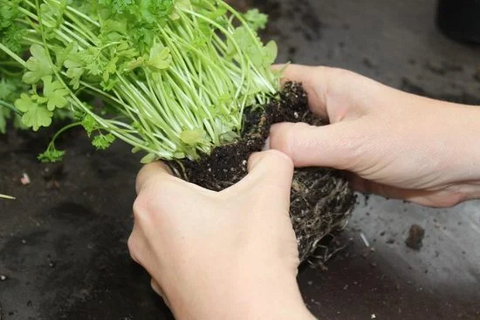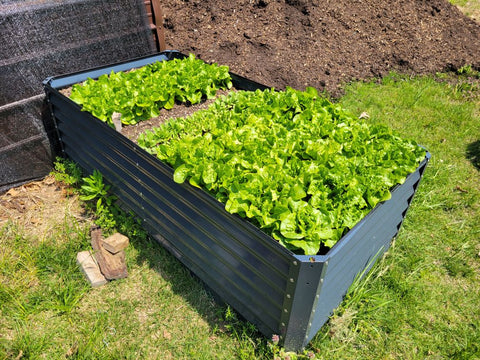Pumpkin is a delicious and versatile vegetable that can be used in cooking, decorating and making Halloween lanterns. Growing pumpkins in your bed from home will not only provide fresh ingredients, but will also increase your gardening skills. This article details how to successfully grow pumpkins in a garden bed.The following content also has some reference value for raised garden beds.
Step 1: Choose the right variety
Successful pumpkin farming begins with choosing the right variety. Pumpkins come in a variety of varieties, including large pumpkins, small pumpkins, cyan pumpkins, orange pumpkins, etc. When choosing a variety, consider your growing space and needs. If you have a larger garden bed, choose a large pumpkin variety, such as the "Atlantic Giant"; And if space is limited, small pumpkin varieties such as "sweetheart pumpkin" may be more suitable.

Step 2: Prepare the soil
Pumpkins need rich soil to thrive. Before planting, make sure your garden bed soil is rich in organic matter. You can follow these steps to prepare the soil:
Clear garden beds: Remove weeds and other plant residues.
Loosen the soil: Use a rake or hoe to loosen the soil so that the pumpkin's roots can easily move through the soil.
Fertilization: Organic fertilizer is added to the soil, such as decomposed compost or rotting leaf compost. This helps provide needed nutrients.
Step 3: Grow pumpkins
Pumpkins can be grown from seeds or seedlings. Here are the steps to grow pumpkins:
Sow pumpkin seeds: If you choose to start with seeds, sow pumpkin seeds in the soil as directed on the package. Usually, pumpkin seeds need to be planted one to two weeks before the last frost.

Choose the right spacing: Pumpkins need enough space to grow, so they need to be properly spaced when planted. Usually, pumpkin plants should be 3 to 5 feet apart.
Maintenance humidity: Keep the soil moist, but not too wet, to avoid root rot. Water regularly, especially during droughts.
Provide support: Large pumpkin varieties may need support to prevent the fruit from touching the ground. You can use bamboo poles or branches to support the fruit.
Step 4: Take care of the pumpkin plant
Successful pumpkin cultivation requires regular care. Here are some key points to take care of:
Fertilizer: Pumpkins need plenty of nutrients during the growing season. You can apply liquid organic fertilizer every two to three weeks to provide additional nutrients.
Weed: Weed regularly to ensure that the pumpkin plants are protected from weeds. Weeds consume nutrients and water, affecting the growth of the pumpkin.
Disease and pest control: Inspect plants regularly for early detection of possible disease or pest problems. Use organic pesticides or manually remove pests to control them.

Trim leaves: Regularly trim excess leaves from your pumpkin plant to improve ventilation and reduce the risk of disease.
Step 5: Harvest the pumpkin
Usually, pumpkins need to be harvested at the end of the growing season. A ripe pumpkin will become hard and the skin will be hard to penetrate. Use scissors or a knife to cut the pumpkin away from the plant, leaving a small section of the stem.
Growing pumpkins successfully takes patience and attention to detail, but there's nothing like the satisfaction you get when you see your pumpkin plants thrive and harvest fresh squash. I hope this article will help you grow pumpkins successfully in your garden bed. Wish you a full harvest!









